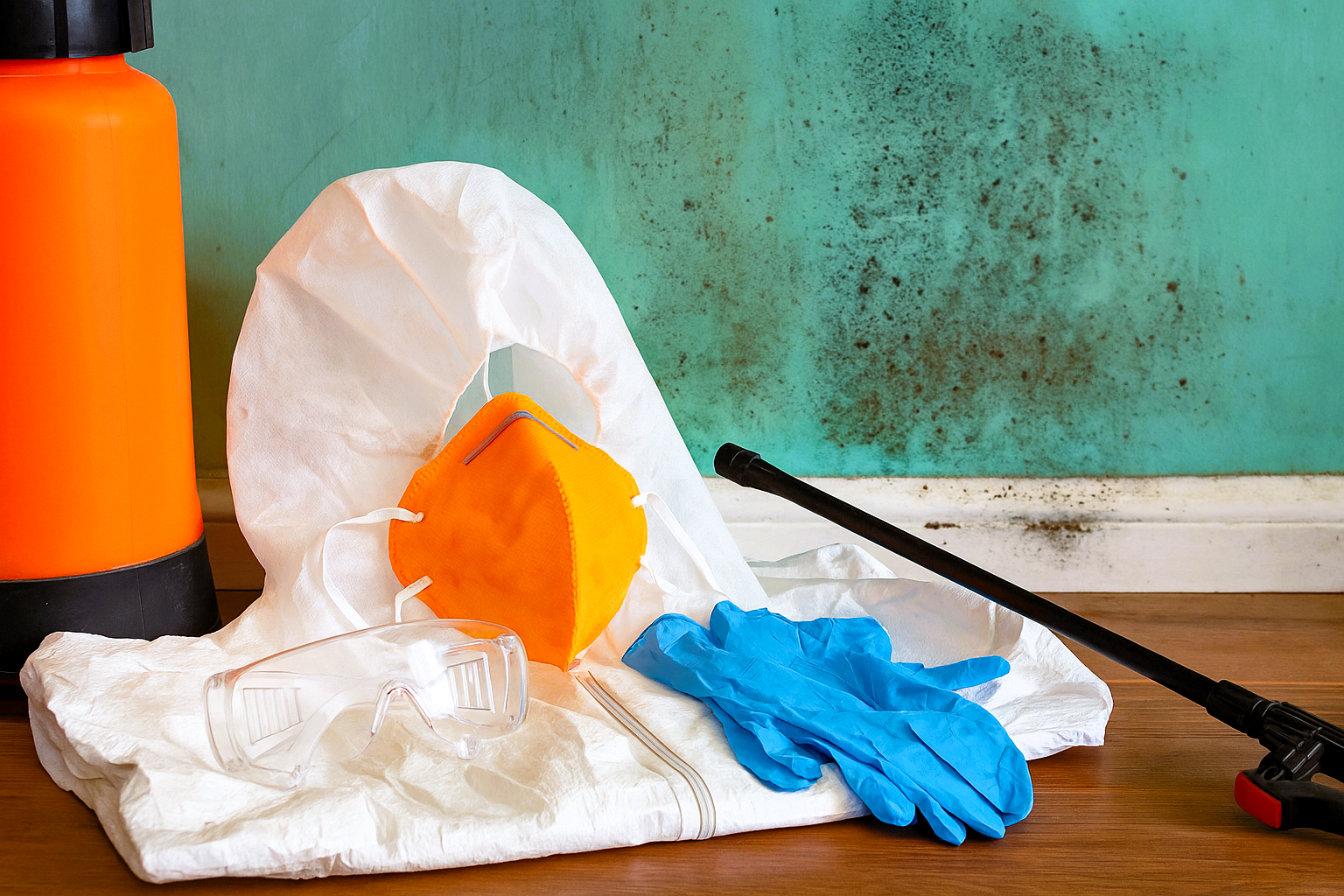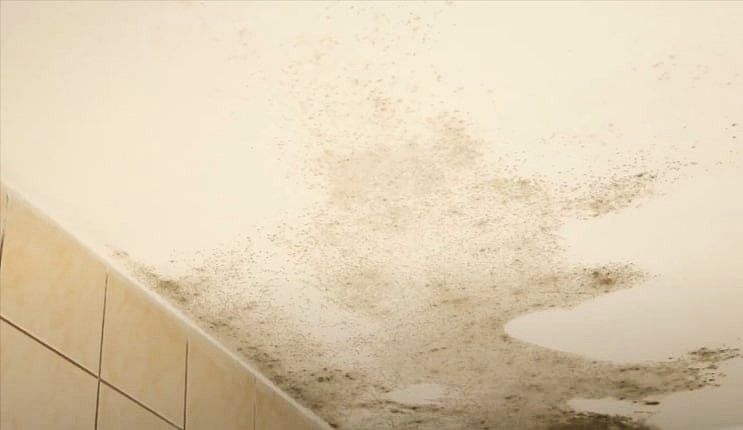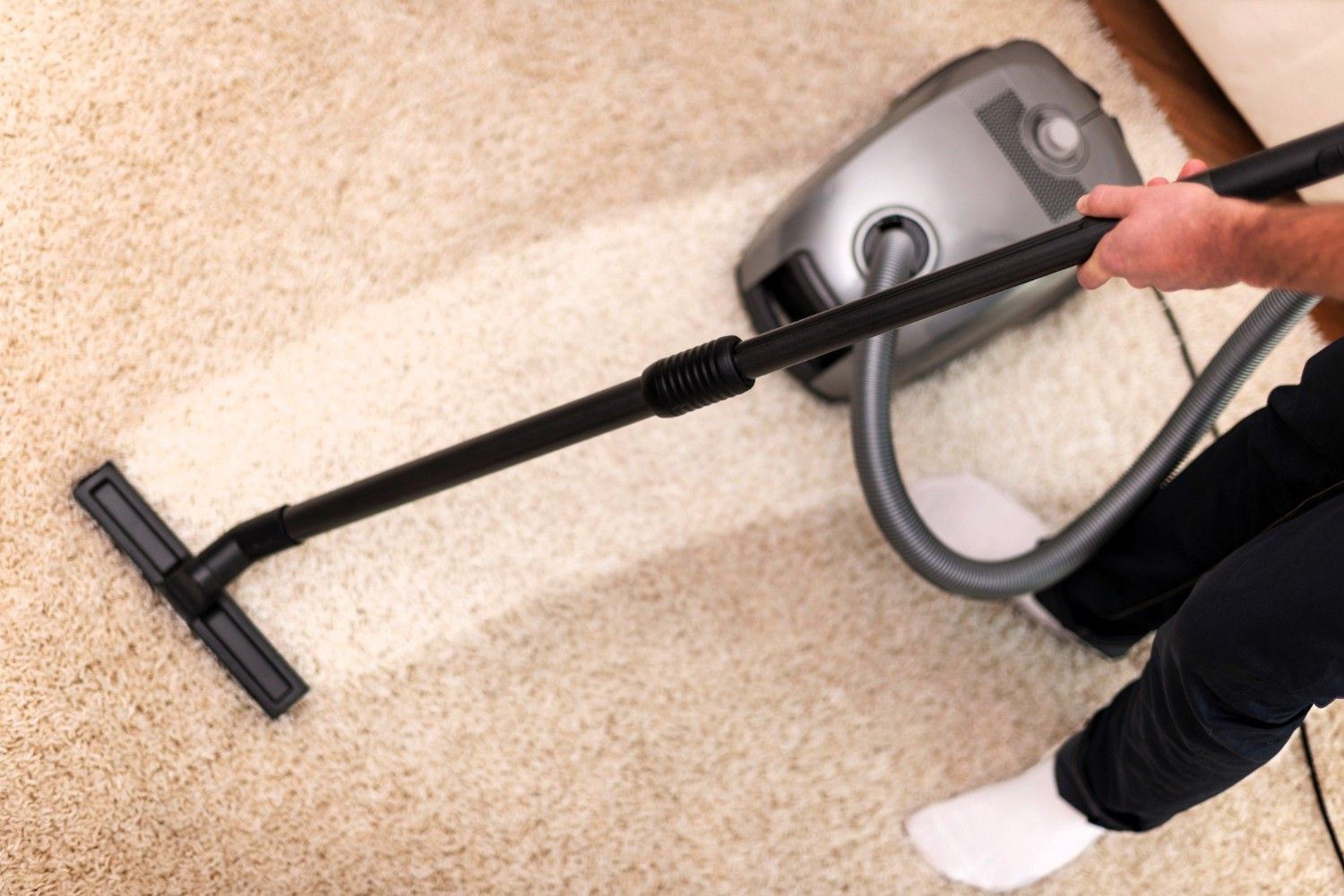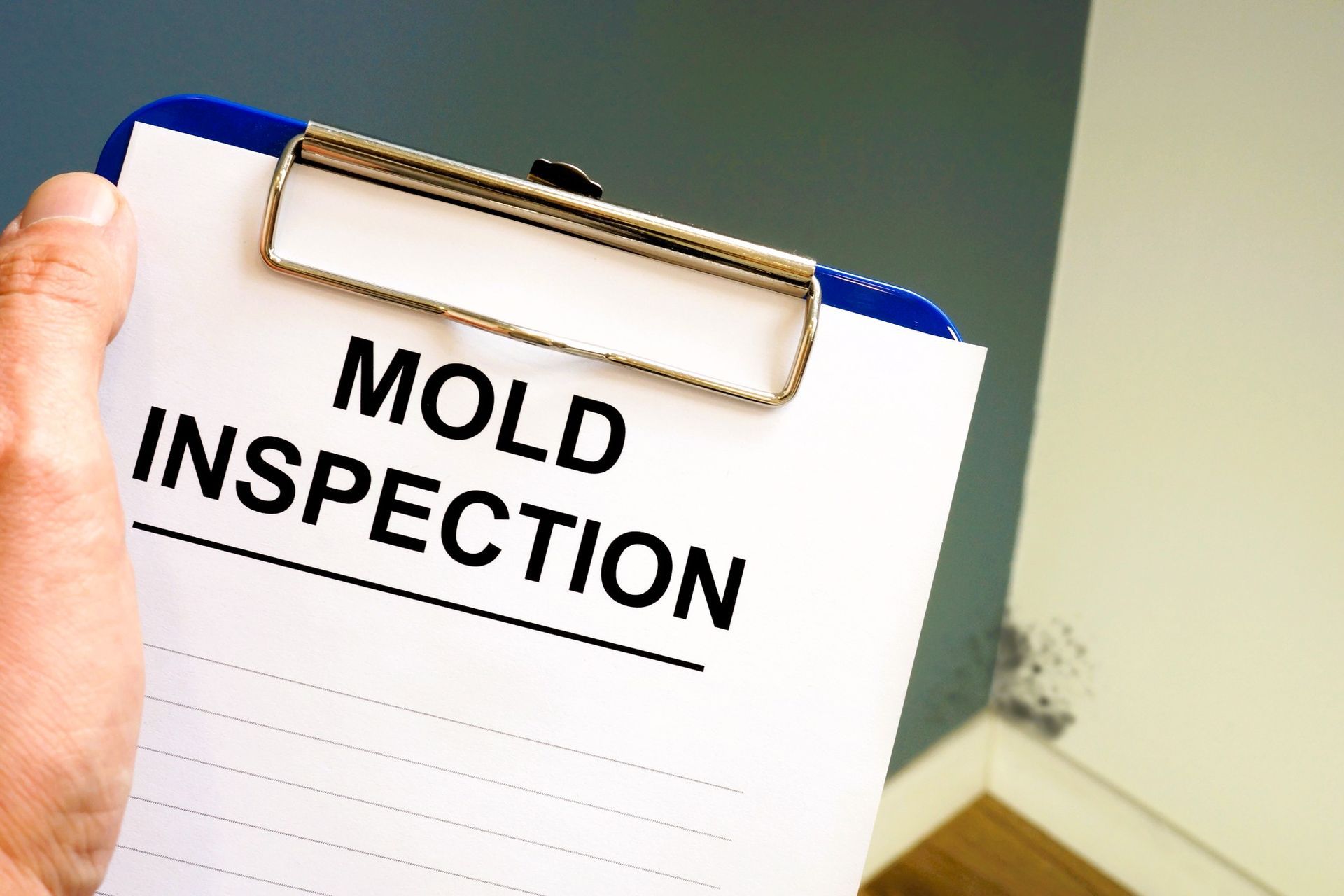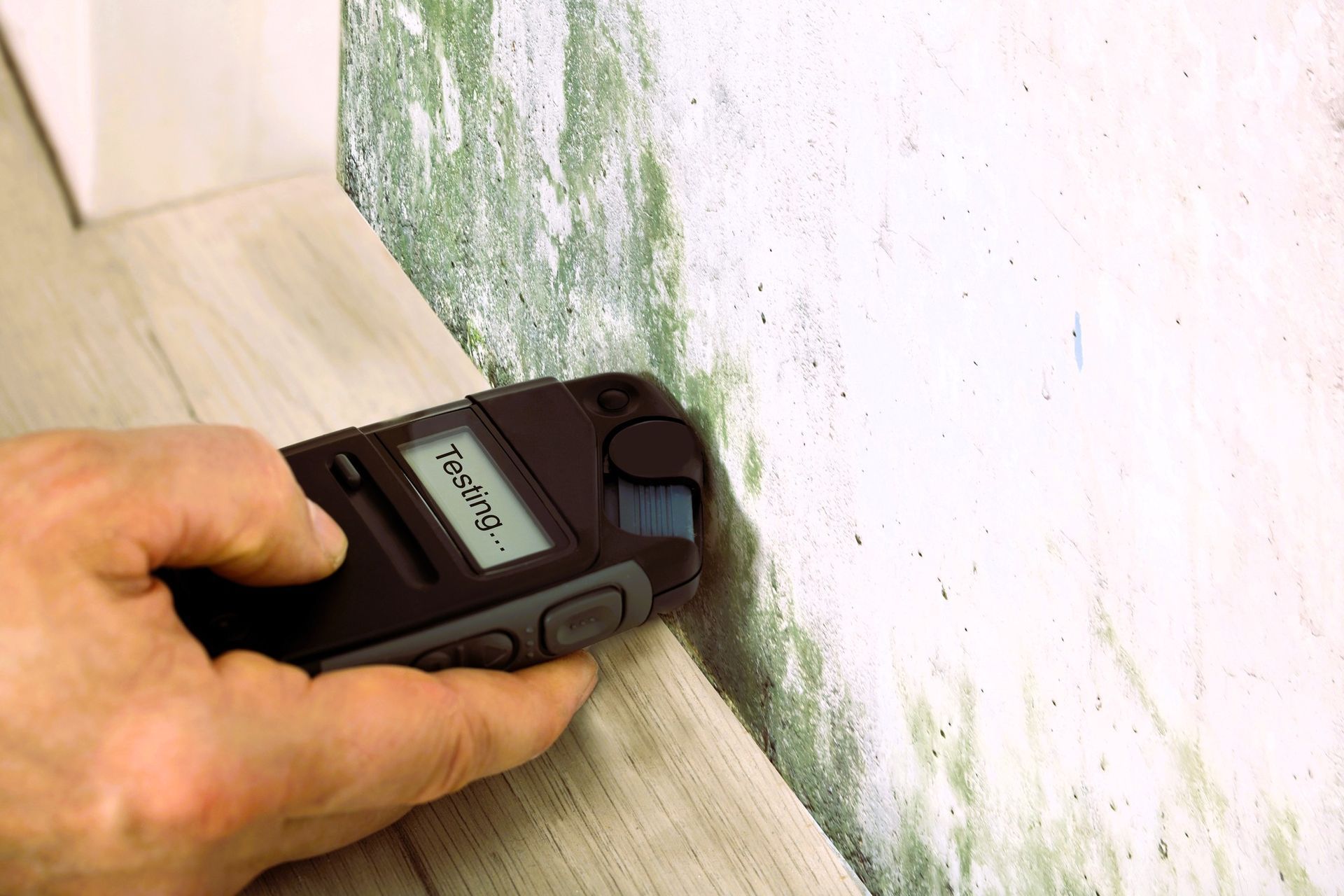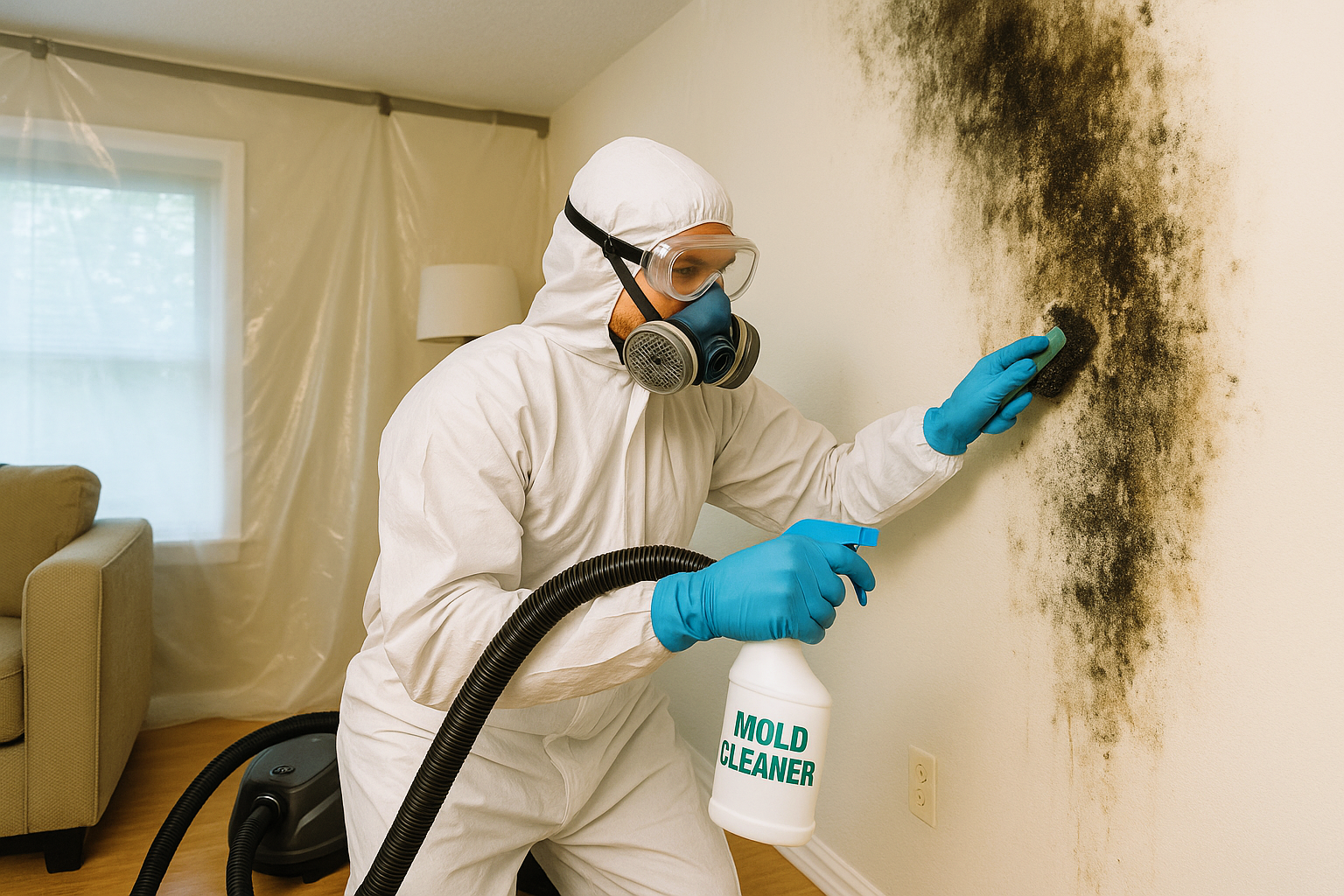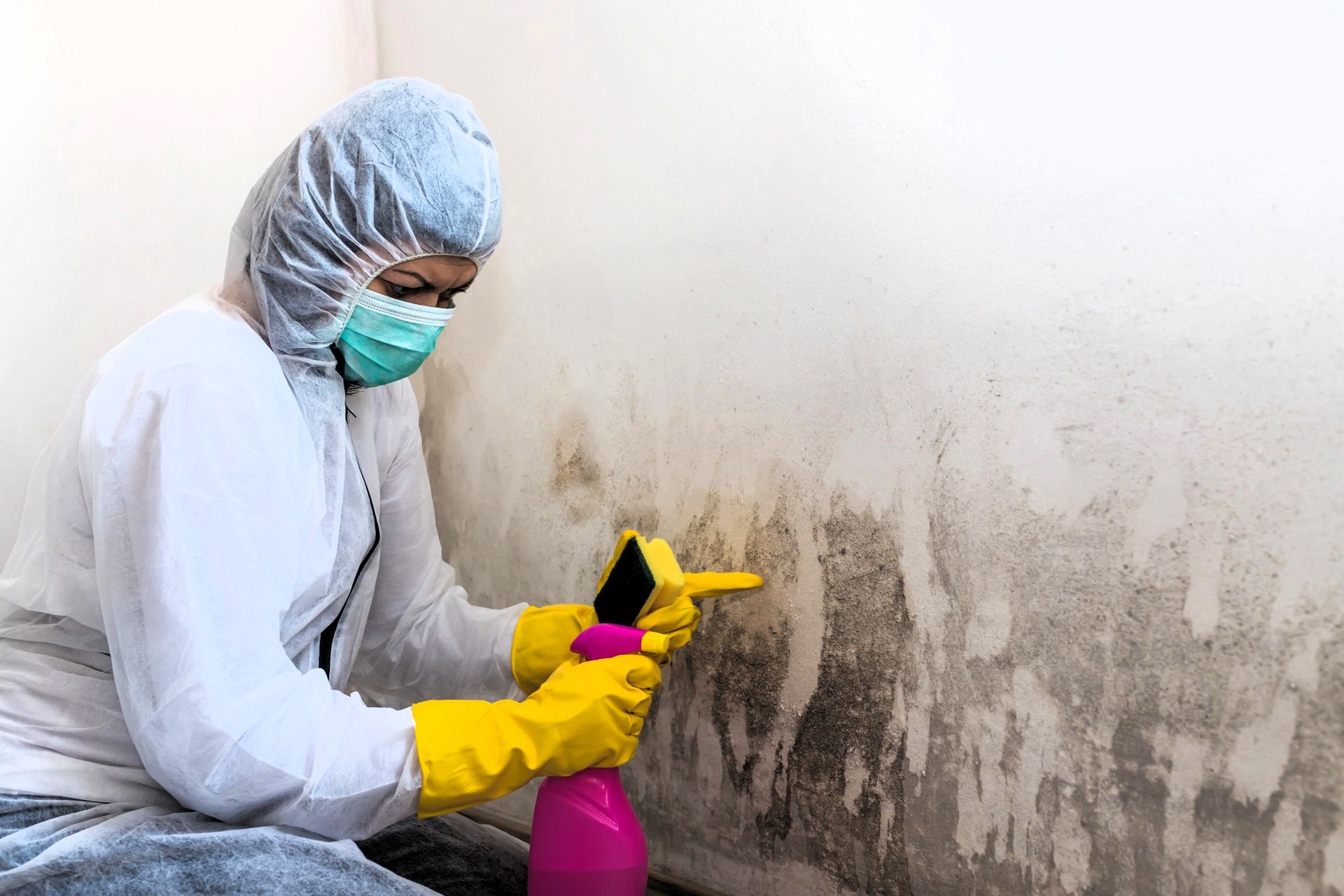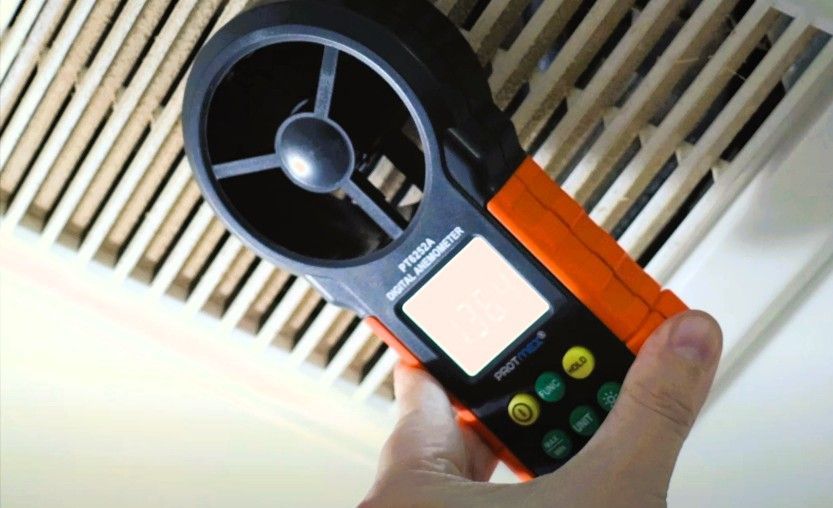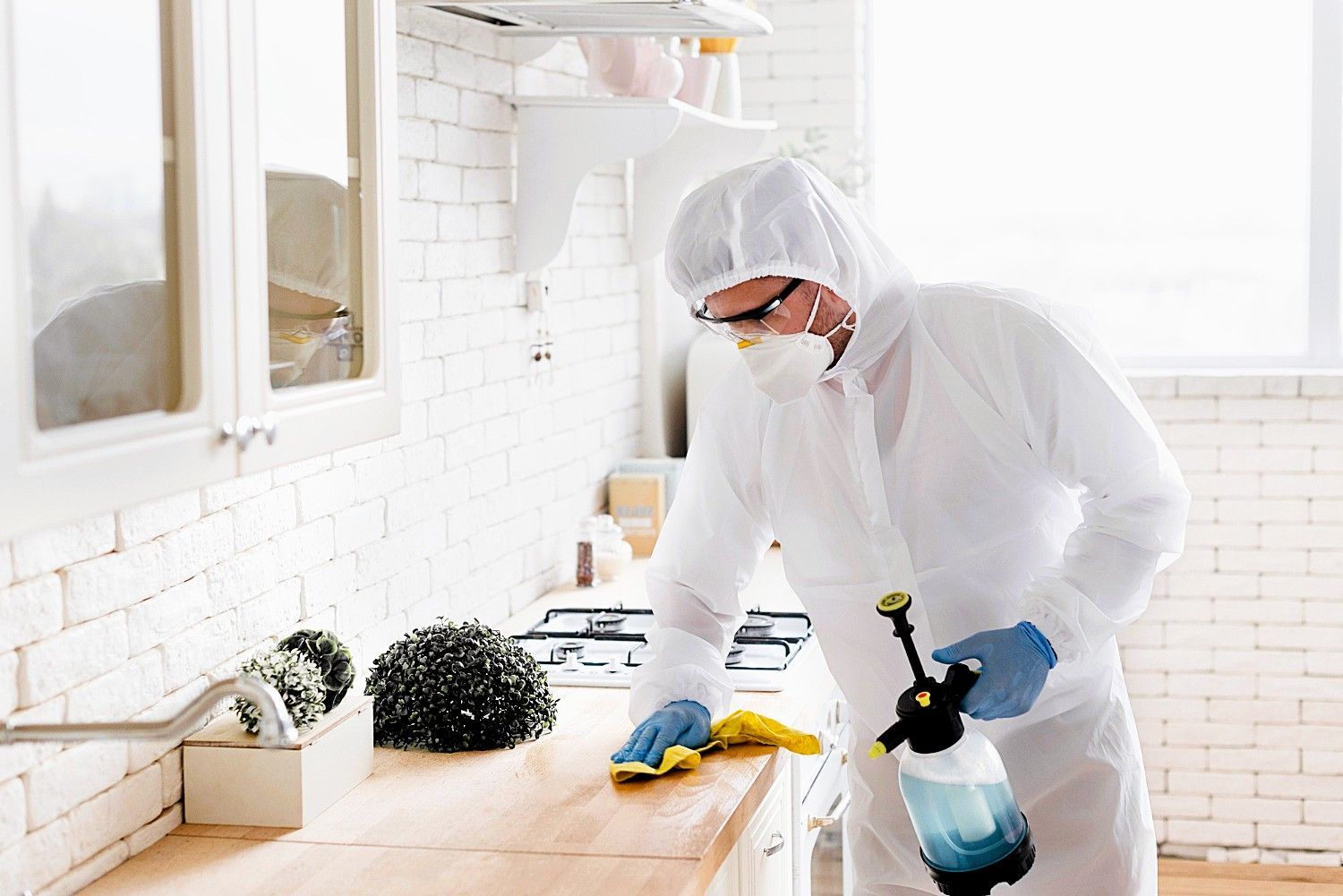Does Mold Grow After Water Damage? What You Need to Know
How to prevent mold growth after water damage and protect your home
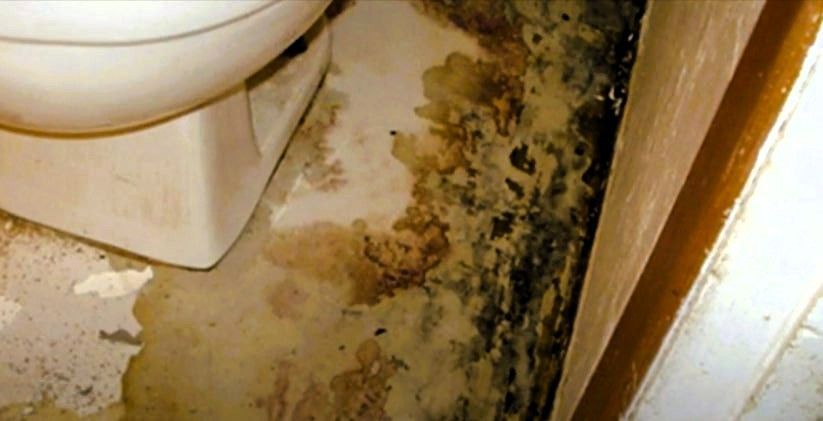
Handling water damage is always a hassle, whether it’s caused by a burst pipe, sudden flooding, or a hidden leak that goes unnoticed. While water damage doesn’t always mean mold, damp areas are basically an open invitation for it to grow. If water isn’t cleaned up and dried properly, mold can show up fast—sometimes in just 24 to 48 hours. Knowing how water damage and mold are connected can help you stay ahead of potential headaches later on.
This guide dives into why mold tends to appear after water damage, how it spreads, and the steps you can take to stop it before it gets worse. With the right knowledge, you can safeguard your home and manage mold effectively. Feeling overwhelmed? No problem—Grand Rapids Mold Relief has got your back.
How Quickly Does Mold Develop After Water Damage?
Mold spores are constantly present in the air, but they only begin to grow when the environment meets the perfect conditions. Sadly, water damage often creates the ideal environment for them to take hold. To thrive, mold needs three main things:
- Moisture – Mold thrives in damp areas, so any wet surface is an open invitation.
- Warmth – Most molds love cozy temperatures between 77°F and 86°F.
- Organic Surfaces – Mold can grow on materials like wood, drywall, carpets, and even accumulated dust.
When these conditions come together, mold can start growing fast—often within 24 to 48 hours after water damage. That’s why acting quickly is so important to stop it in its tracks.
Key Factors That Contribute to Mold Growth
1. Extent of Water Damage
The bigger the damage, the tougher it is to fully dry everything out. Water infiltrating walls, floors, or furniture sets the stage for mold to flourish in ideal conditions. Even a tiny leak can turn into a mold problem if the moisture isn’t completely taken care of.
2. Drying Time
The longer water is left standing, the higher the chance of mold taking hold. When moisture isn’t dealt with fast, it can soak deep into porous surfaces, making it tough to fully dry and creating the perfect environment for mold to thrive.
3. Type of Material Affected
Certain materials hold onto moisture more stubbornly than others:
- Carpets and rugs soak up water fast but take forever to dry properly.
- Drywall is super porous, making it easy for mold to sneak behind your walls.
- Wood, especially untreated or unsealed, traps moisture like a sponge.
- Non-porous materials like metal and plastic are mold-resistant since they don’t absorb water.
Effective Strategies to Prevent Mold After Water Damage
The secret to keeping mold at bay is to act fast and make sure everything is thoroughly dried out.
1. Remove Water Immediately
Once it's safe, start clearing out any standing water with mops, buckets, or a wet-dry vacuum. Even a little water can cause major issues if ignored, so take action quickly to prevent moisture from accumulating.
2. Increase Air Circulation and Reduce Humidity
After removing the water, good airflow is key to drying things out:
- Set up some fans to keep the air moving.
- Use a dehumidifier to soak up extra moisture hanging around.
- If it’s not too humid outside, crack open the windows and let some fresh air do its thing.
3. Remove Water-Damaged Materials
Some materials cannot be fully dried and should be removed to prevent mold growth:
- Carpets and rugs soaked through: If they can’t dry out within 24 to 48 hours, it’s time to say goodbye.
- Water-damaged drywall and insulation: Mold loves to hide behind walls, so don’t take any chances.
- Damp furniture, cushions, or stuffed items: If they’re still holding moisture after your best drying efforts, it’s probably time to let them go.
4. Clean and Sanitize the Area
After the area is dry, give the surfaces a good clean using a mild detergent or a diluted bleach solution (as long as it’s safe for the material). This will eliminate any remaining mold spores. Remember to wear gloves and a mask during cleaning to avoid inhaling mold particles and to keep yourself safe!
Knowing the Right Time to Call an Expert
Most of the time, you can tackle mold cleanup yourself, but there are situations where calling in a pro is the way to go. If the mold covers more than 10 square feet or you’re dealing with toxic black mold, it’s definitely time to bring in the experts. And if you’ve got health issues that make you more sensitive to mold, it’s better to play it safe and let a professional handle it. At the end of the day, your health and safety should always come first!
Final Thoughts
Mold doesn’t always show up after water damage, but the longer moisture sticks around, the higher the risk. The key to keeping mold away? Act fast—get rid of standing water, dry everything completely, and keep an eye on materials prone to mold.
For smaller spills, good ventilation and a quick cleanup might do the trick. But if the damage is serious or you’re noticing signs of mold, bringing in the pros can save you from bigger headaches later.
Grand Rapids Mold Relief is your trusted expert in
mold prevention and water damage restoration. Let us help you protect your home, your investment, and your health by ensuring your space is completely dry and mold-free.
Reach out today!
